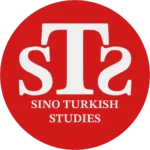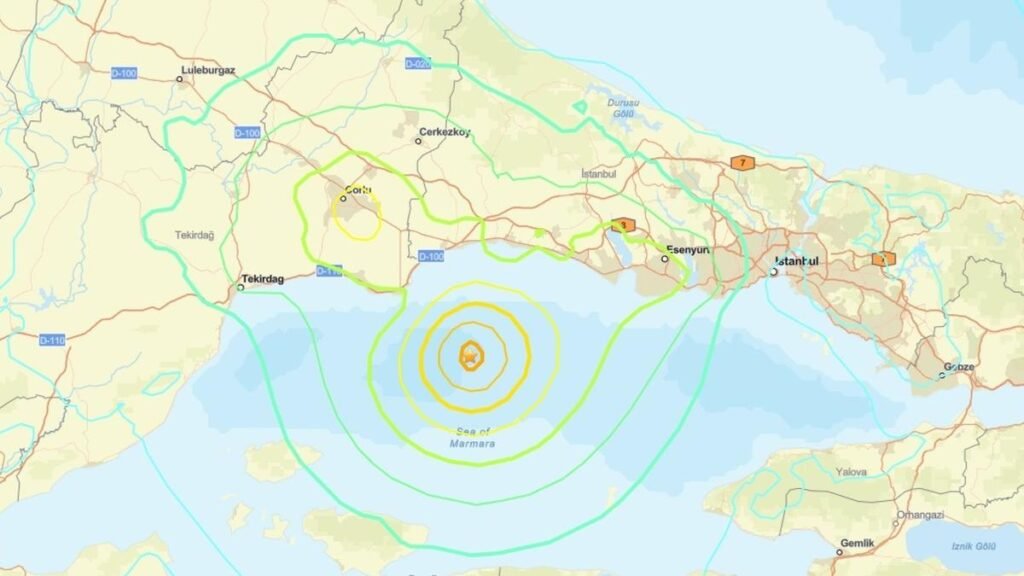Istanbul, as Türkiye’s most economically developed city, is under serious risk of an earthquake. Considering its share in the workforce is over 20%, any natural disaster that renders Istanbul inoperative would effectively paralyze Türkiye’s economy. Therefore, the issue of Istanbul’s urban transformation and earthquake preparedness is also a matter of national security and economic independence for Türkiye. According to research, about one-third of Istanbul’s housing stock dates back to before the year 2000, and a significant portion is not earthquake-resistant. Districts such as Avcılar, Esenyurt, Küçükçekmece, Zeytinburnu, and Bağcılar suffer from both high population density and poor building quality. Hundreds of thousands of people living in these areas face life-threatening danger in the event of the next major Marmara earthquake. This extraordinary situation requires extraordinary measures.
1) Can consent-based urban transformation be abandoned?
China’s urban transformation model serves as an important example. The “urban village redevelopment” (城中村改造) implemented in megacities like Shanghai incorporates both structural and sociological aspects of large-scale transformation. Low-rise, unplanned residential areas, mostly built between 1950–1980 and located in central districts like Huangpu, Jing’an, and Yangpu in Shanghai, were declared risky areas and expropriated by the Shanghai Municipal Government. In the following years, rightful owners residing in these areas were given apartments from new mass housing projects built in Jiading (west), Minhang (south), or Baoshan (northwest). What’s noteworthy is that although the market value of these new apartments was lower than the central land they previously owned, the new residences were more modern, safer, and equipped with better social infrastructure. The difference in value was often compensated with cash. In some cases, local governments offered more than one apartment to previous owners to increase satisfaction.
2) What would happen if this model were applied to Istanbul?
Currently, Türkiye’s urban transformation is usually small-scale, based on individual participation, and time-consuming. The Chinese model, however, envisions converting much larger areas simultaneously through centralized planning. To implement this in Türkiye, expropriation laws need revision, local governments must be granted broader planning authority, and the housing-compensation packages offered to citizens must be made attractive. Residents of Istanbul’s high-risk districts can be given the right to choose from new, safe housing constructed in cooperation with TOKİ and Emlak Konut in outlying areas (e.g., Silivri, Çatalca, near Tekirdağ, or northern Kocaeli). These should not be just “houses” but supported with social infrastructure (schools, health clinics, transport networks, commercial centers, etc.). Additionally, to prevent loss of value, relocating individuals should receive supplementary cash compensation, rent assistance, and moving aid.
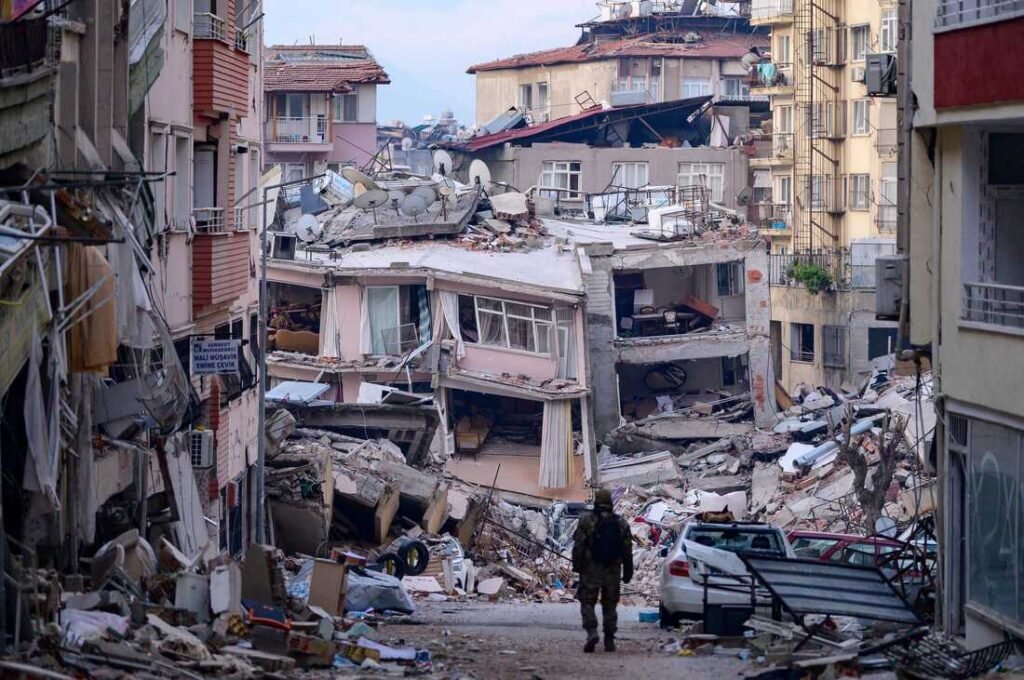
3) Who will bear the financial burden of urban transformation?
As of 2025, rebuilding an average 80 m² residence—covering social infrastructure, expropriation costs, and temporary shelter support—costs approximately 3.2 million TL. These costs are driven by the rise in construction prices (35–40k TL per m²), increased land and infrastructure expenses, and inflationary pressure on temporary accommodation and relocation support. This figure is not fixed and may increase due to currency fluctuations and material costs. Assuming that about 1.2 million risky housing units in Istanbul need transformation, the total cost reaches around 3.8 trillion TL. This amount is approximately 34% of Türkiye’s projected central budget for 2025 (11.1 trillion TL). Though seemingly burdensome, this should be seen not as a public expense, but as a long-term investment in disaster risk management, job creation, and social welfare.
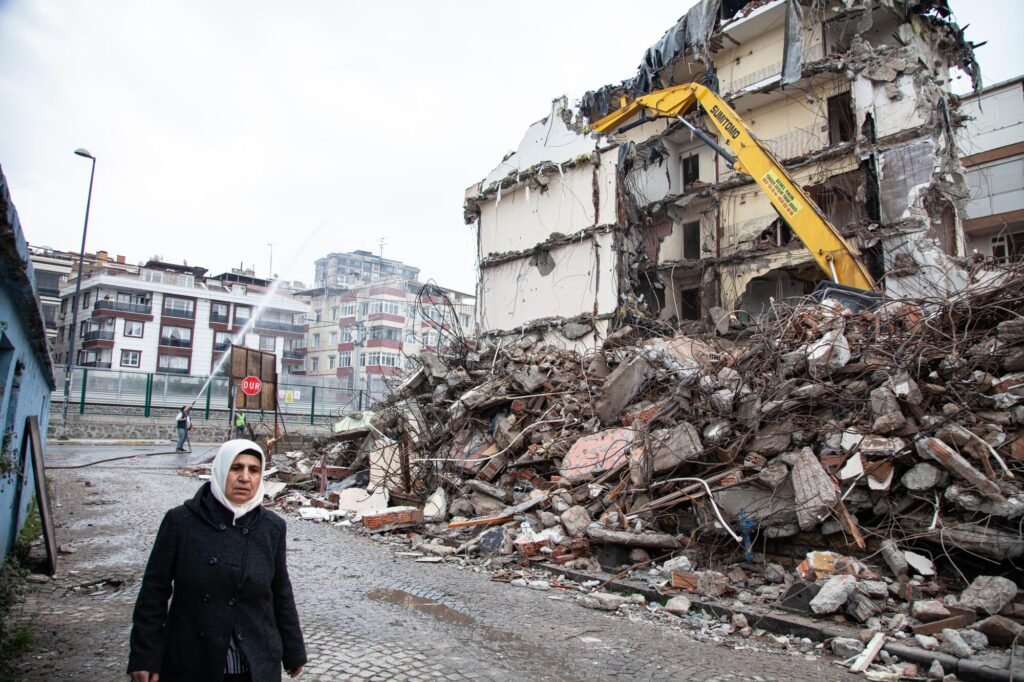
4) Can this burden be handled through public savings?
A significant portion of public funds in Türkiye is allocated to areas with questionable economic productivity or social benefit. For example, in 2023, state subsidies to political parties totaled 4.5 billion TL. This amount is expected to reach at least 5 billion TL in 2025. But this covers only direct support. When factoring in election spending, campaign expenses, and promotional materials, the economic cost rises substantially. Furthermore, in 2025, “invisible” expenses like vehicles, housing, representation, and hosting by the Presidency, Parliament, ministries, and affiliated administrations exceed 25 billion TL. This amount is sufficient to complete a 10,000-unit urban transformation project. In 2024 alone, 3.2 billion TL was allocated for façade renovations, carpet replacements, and furniture purchases in public buildings in Ankara—an amount that could build 2,000 new apartments in Zeytinburnu, a risky district of Istanbul. The state must pay approximately 65 billion TL in guarantee payments in 2025 for projects such as the Yavuz Sultan Selim Bridge, Osmangazi Bridge, Eurasia Tunnel, and Çanakkale Bridge. This sum could finance the safe reconstruction of 20,000 risky homes in Istanbul. Idle infrastructure investments in the Çukurova Airport project alone exceeded 12 billion TL. In this context, allocating an annual budget of 400–500 billion TL to earthquake-proof Istanbul is realistic and manageable within Türkiye’s economic capacity. With this funding, transforming 100,000 homes per year would eliminate earthquake risk from all of Istanbul within 12 years.
5) The key to long-term earthquake preparedness: Population Control
As crucial as structural transformation is controlling population pressure. China’s hukou (户口) system is a residency registration system that ensures people remain officially registered in their place of birth and limits uncontrolled migration to big cities. For example, someone born in Changchun, Jilin Province, is registered there. To live long-term in Shanghai, they must meet certain conditions—such as studying at a Shanghai university, receiving an official job offer from a Shanghai-based company, or marrying someone registered in Shanghai. This list is updated annually. Those who fulfill the local government’s criteria may rent homes in Shanghai while retaining their original registration. However, unless they have a Ph.D., earn above a specified income, or marry a Shanghai resident, they cannot purchase property within the city. People ineligible to buy property in Shanghai can purchase real estate in their registered cities or other legally permitted areas. This boosts the development of smaller cities and eases population pressure on megacities. Although it creates social pressure for those seeking opportunities in big cities, it is a highly effective tool for balancing population load.
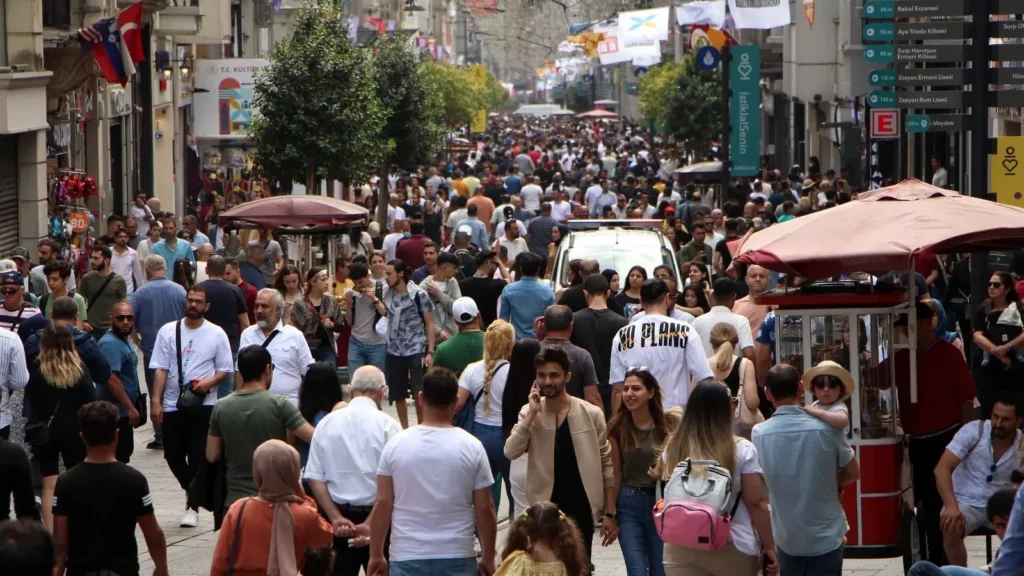
6) What would happen if a ‘Hukou’ system were implemented in Istanbul?
Article 23 of the Constitution of the Republic of Türkiye grants every citizen the right to reside anywhere they wish. However, the same article also allows for limitations “to ensure orderly urbanization.” Therefore, there is no legal obstacle. New residents in Istanbul could have their address registration restricted to certain areas, and long-term residence requirements could be imposed for accessing public services and social aid in designated districts. A more strategic proposal would be to shift Istanbul’s burden to Marmara Region cities via controlled population transfer. Cities such as Tekirdağ, Kocaeli, Sakarya, Yalova, and Bursa stand out. Thanks to their proximity to Istanbul, they remain economically and culturally connected while smart investments in these areas would uplift the entire region. This is comparable to China’s Yangtze River Delta city cluster. For example, SAIC Motor (China’s top carmaker) is based in Shanghai; Alibaba (a leading global e-commerce firm) in Hangzhou; Pegatron (an Apple supplier) in Suzhou; Suning.com (a tech retailer) in Nanjing; and AppTec (a pharmaceutical R&D provider) in Wuxi. These surrounding cities grow economically alongside Shanghai.
Just as cities like Shanghai, Nanjing, Hangzhou, Suzhou, and Wuxi collectively formed a mega-region, Istanbul can also evolve into a rebalanced Marmara Basin vision with its neighboring cities. By introducing high-speed rail lines, industrial zones, tech hubs, and new university campuses, new centers of attraction can be created. Earthquake-proofing Istanbul is not just about demolishing and rebuilding structures. The city’s social, economic, and spatial fabric must also be restructured. While China’s urban transformation and hukou systems may not be directly transplantable to Türkiye, they offer powerful references. What is clear is that current practices suffer from legal, administrative, and social deficiencies. Rather than patching these up, radical actions that prioritize the public good may cause short-term discomfort, but in the long run, they will allow both Istanbul and Türkiye to breathe.
REFERENCES
- Istanbul Metropolitan Municipality. (2020). Istanbul Earthquake Master Plan Report. Istanbul: İBB Publications.
- Turkish Statistical Institute (TÜİK). (2023). Building Permit Statistics and Housing Stock Data. Ankara: TÜİK Publications.
- Ministry of Housing and Urban-Rural Development of the People’s Republic of China. (2022). Compilation of Urban Village Redevelopment Policies. Beijing: China Architecture Press.
- Shanghai Municipal Government. (2023). Shanghai Urban Village Redevelopment Summary Report. Shanghai: Municipal Planning Bureau.
- Republic of Türkiye Ministry of Environment, Urbanization and Climate Change. (2023). Istanbul Risky Buildings Inventory Study. Ankara.
- Republic of Türkiye Ministry of Treasury and Finance. (2024). 2025 Central Government Budget Proposal. Ankara: Official Publications.
- Turkish Court of Accounts. (2023). General Compliance Report of Public Administrations. Ankara: Court of Accounts Publications.
- Grand National Assembly of Türkiye (GNAT). (2023–2024). Official Records of Budget Negotiations. Ankara: GNAT Printing House.
- State Council of the People’s Republic of China. (2022). White Paper on Hukou System Reform. Beijing: General Office of the State Council.
- Constitution of the Republic of Türkiye. (1982). Article 23 – Freedom of Residence and Travel. Ankara: T.C. Official Gazette.
- International Monetary Fund. (2024). Fiscal Monitor: Policies for Resilient Recovery. Washington D.C.: IMF Publications.
- World Bank. (2023). Urban Resilience Investment in Türkiye: Final Report. Washington D.C.: The World Bank Group.
- Republic of Türkiye Ministry of Transport and Infrastructure. (2025). Annual Payment Tables for Public-Private Partnership Projects. Ankara.
- Emlak Konut GYO A.Ş. (2024). 2024 Investment and Project Development Presentation. Istanbul.
- Marmara Municipalities Union. (2022). Megacity Transformation Strategies Report. Istanbul.
- Organisation for Economic Co-operation and Development (OECD). (2021). Urban Policy Review: China and Türkiye. Paris: OECD Publishing.
Abroad Africa AI Beijing Belt & Road BLCU BRICS China chinese CPC CSC Culture Deepseek Development Economy education Global Economics Kültür Langauge movie Russia scholarship science Shanghai Sino Sino Turkish Sino Turkish Sino Turkish Sino Turkish Sino Turkish Studies Sino Turkish Studies Sino Turkish Studies Sino Turkish Studies space Syria Taiwan Tariff trump Turkiye Türkiye University USA Xinjiang ZJUT Çin
